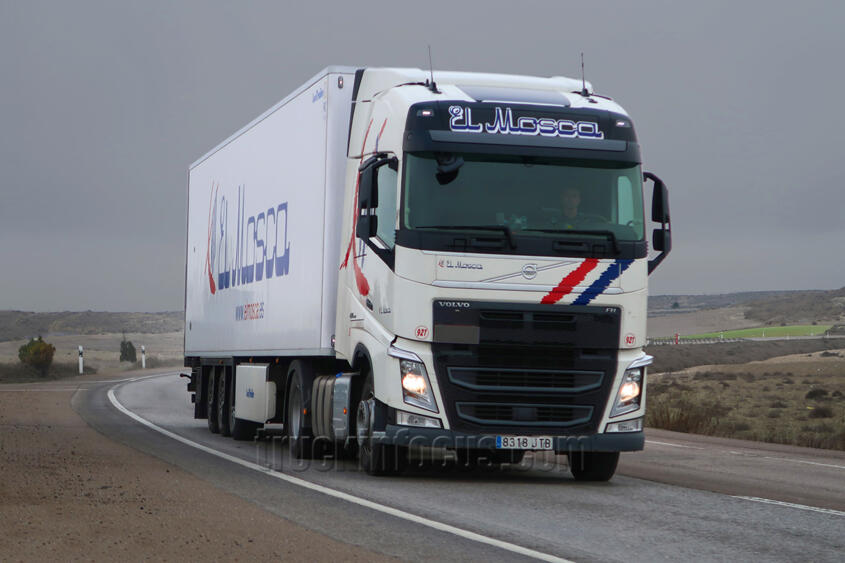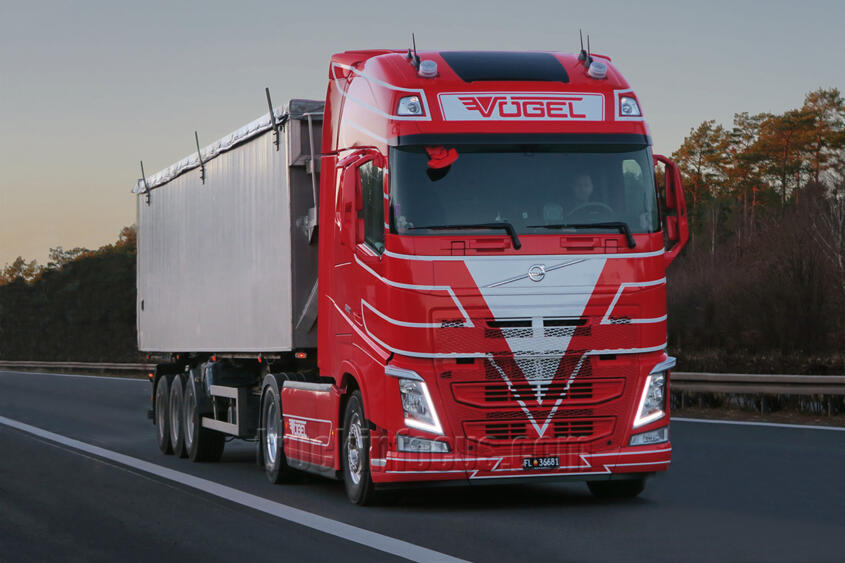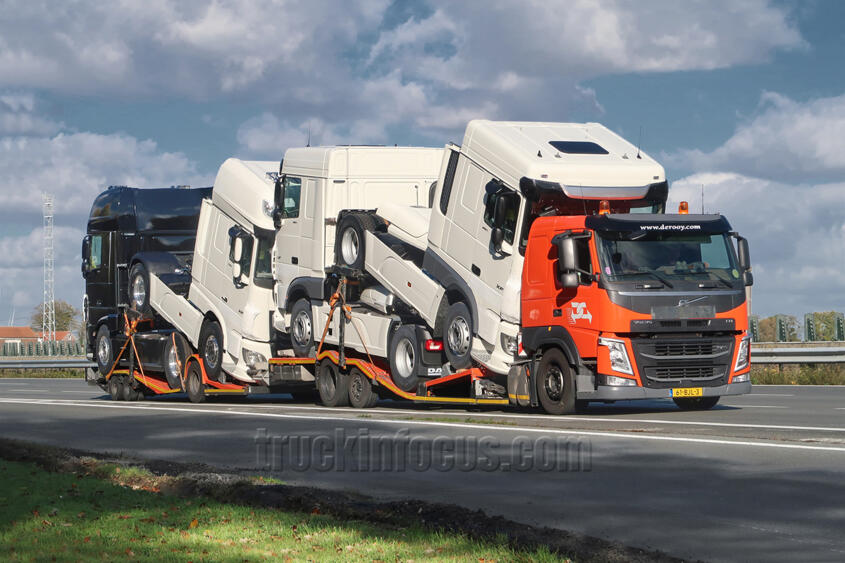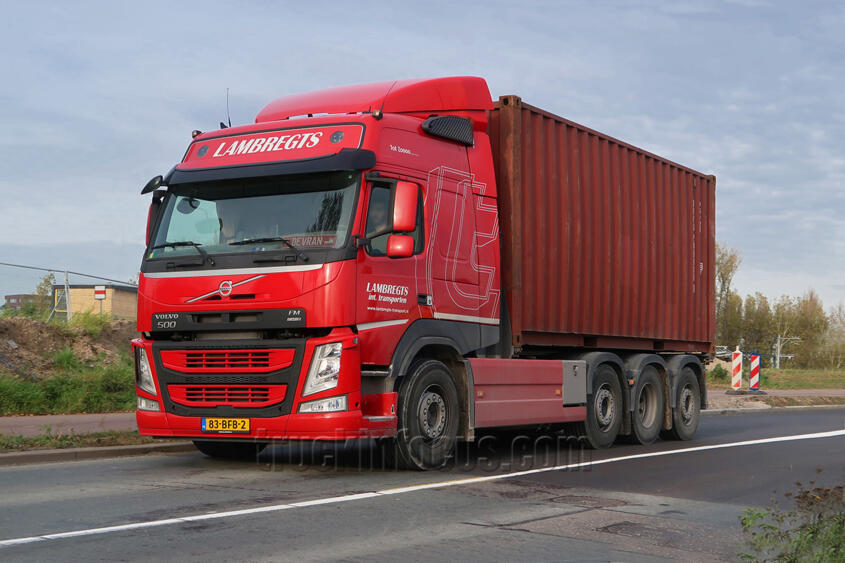The Volvo Chronicle
Page 11
By Christoph Büch (Berlin 2024)
In 2008, the FH and FM series received another facelift. The upper grille area now no longer had silver trim on the sides. The lower radiator grille on the FH was now only in one piece with a center bar painted in body color, which on the FH 16 provided more cooling through four openings. Everything was more modern in design with suggested, harmoniously rounded slopes, and there were now separate auxiliary lights recessed into the bodywork below the vertical headlights. The FH 3 or FM 3 generation was born.
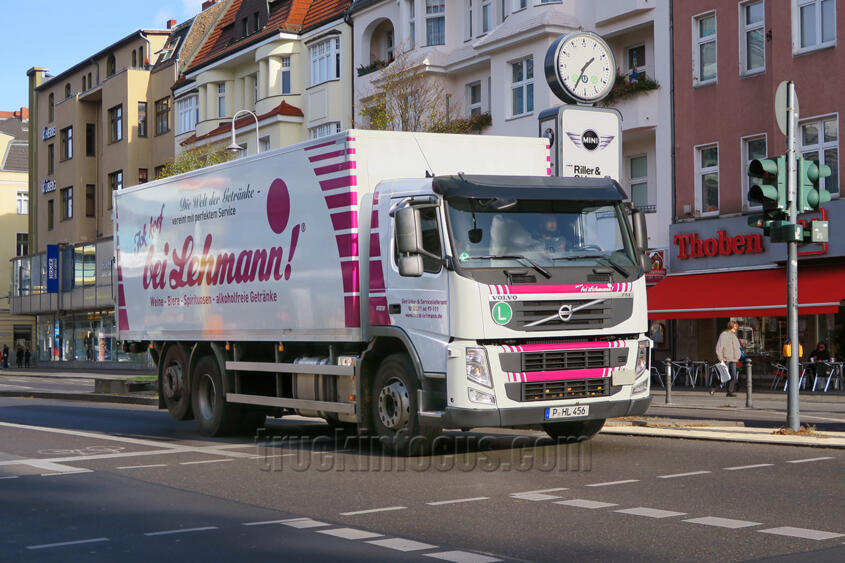
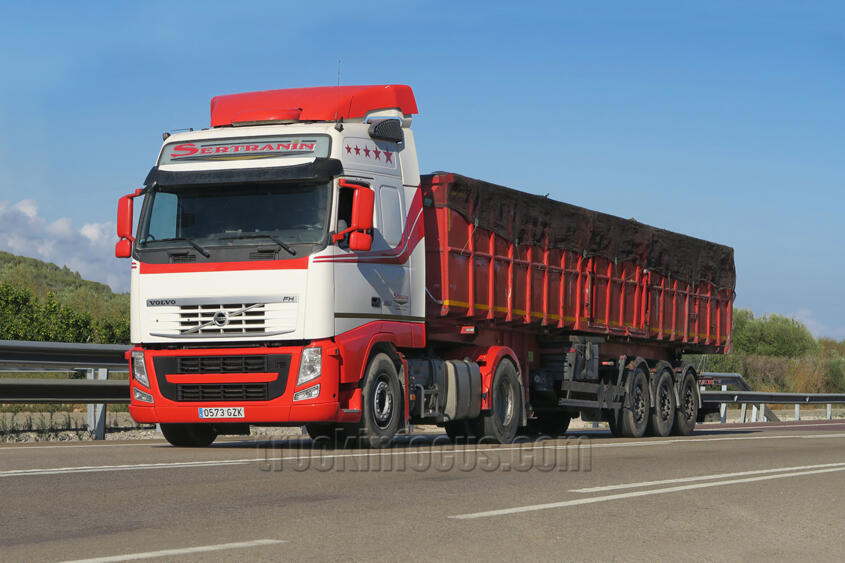
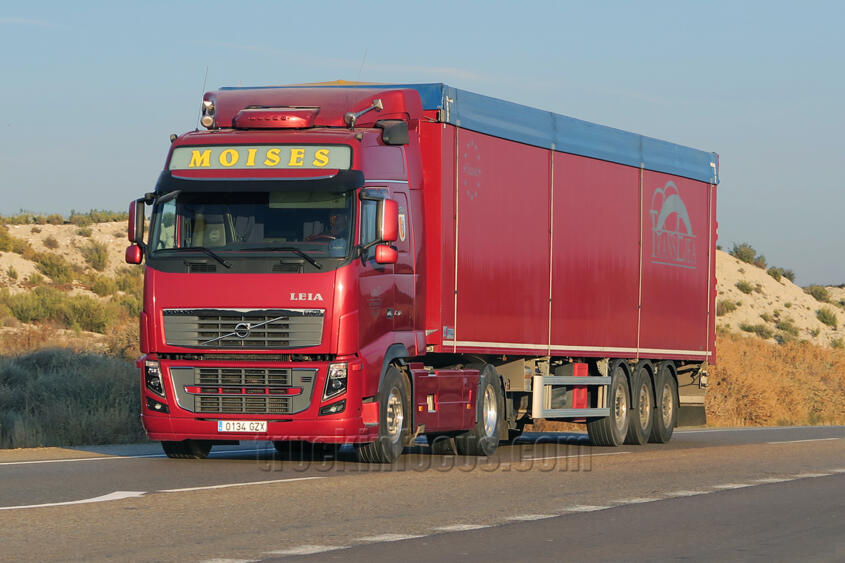
As of 2009, Volvo Trucks held a 50 percent stake in Indian manufacturer Eicher. In 2011, the Swedish group with its Volvo, Renault and Mack brands still ranked second behind Mercedes-Benz with 240,000 units produced worldwide. The Volvo range consisted of the FL (12 to 18 tons gross weight), FE (18 to 26 tons), and FM and FH series in the heavy classes. The FMX series for construction site use was added as a new class in spring 2010. The FM cab, which was adapted for this purpose, sat on a robust frame equipped with axles and transmissions for typical industry requirements. The tread plate, skid plate and tension beam were integrated into the robust bumper, and a steel engine protection plate provided solid underbody protection for the engine and radiator.
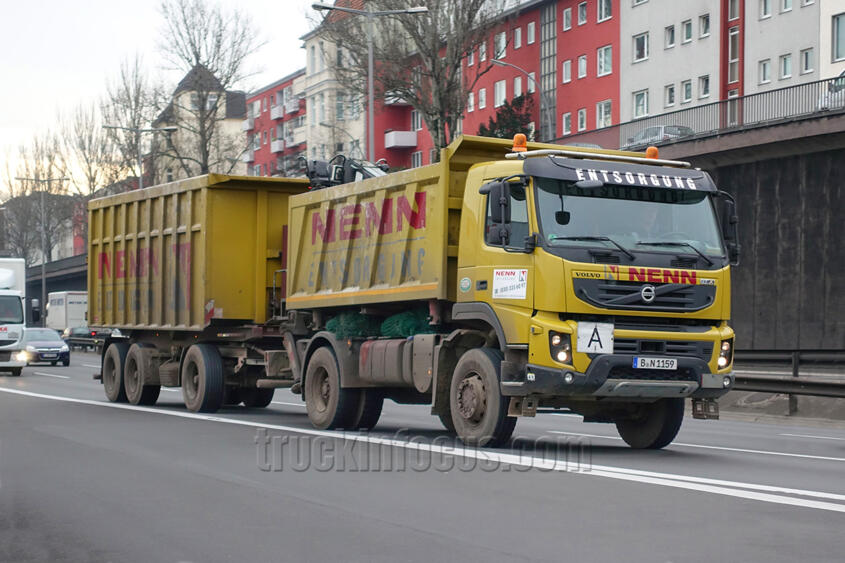
The FL and FE series had the cab adopted from Renault. Their common-rail diesel now had a displacement of 7.2 liters and produced up to 340 hp. The FH and FM series featured both a 13-liter six-cylinder engines with up to 540 hp and a smaller 10.8-liter engine with 330 or 450 hp. The top-of-the-range engine for the FH 16 had meanwhile reached 700 hp (2009) and required specially reinforced transmission variants. To comply with the Euro 5 standard, all engines received particulate filters and the SCR process with AdBlue injection.
In 2013, the FH and FM series received a new cab. This marked the birth of the fourth generation (FH 4). The straightening of the previously slanted windshield of the predecessor increased the interior space by almost one cubic meter. Visually, the front was now characterized by a large, black grille that tapered slightly at the bottom. To improve driving characteristics, the FH received independent suspension with rack-and-pinion steering on the front axle as an option. On request the transmission, designated "I-Shift", now operated with a dual clutch. In addition, there was a transmission control system called "I See", which determined topographical features of the route to be driven by GPS and thus enabled particularly economical driving. Tests in the trade press showed that even experienced drivers were bettered by this electronic control system in terms of fuel consumption. The common-rail diesels were rev-reduced with increased torque. The maximum torque of the 460-hp diesel was 2,800 Nm, which the unit delivered consistently from as low as 900 rpm to 1,200. These were impressive figures that promised plenty of driving pleasure. At market launch, the Euro 5 emission accreditation was standard; the step to Euro 6 was soon to come.
